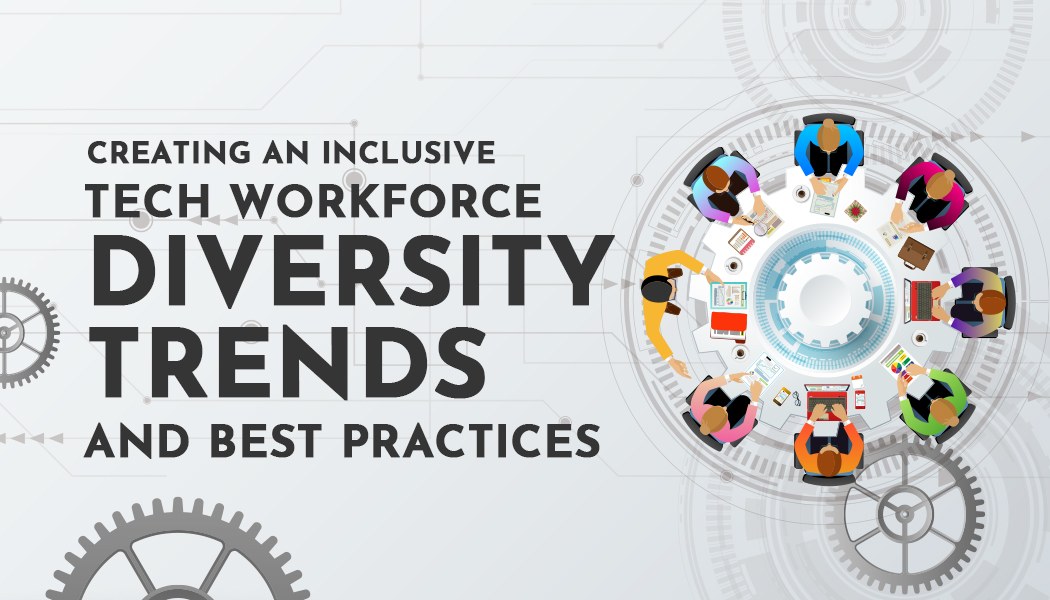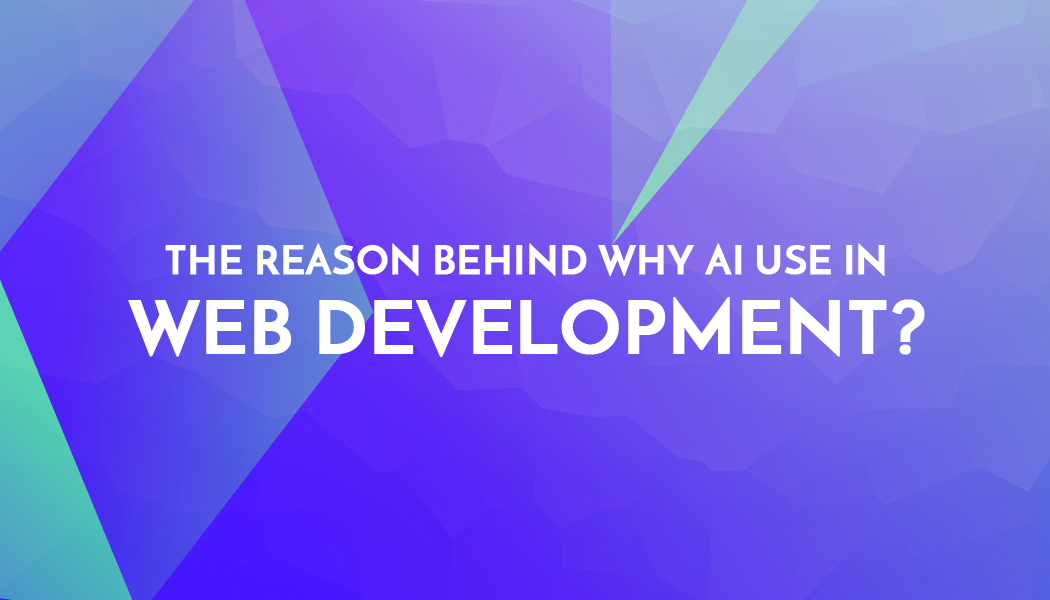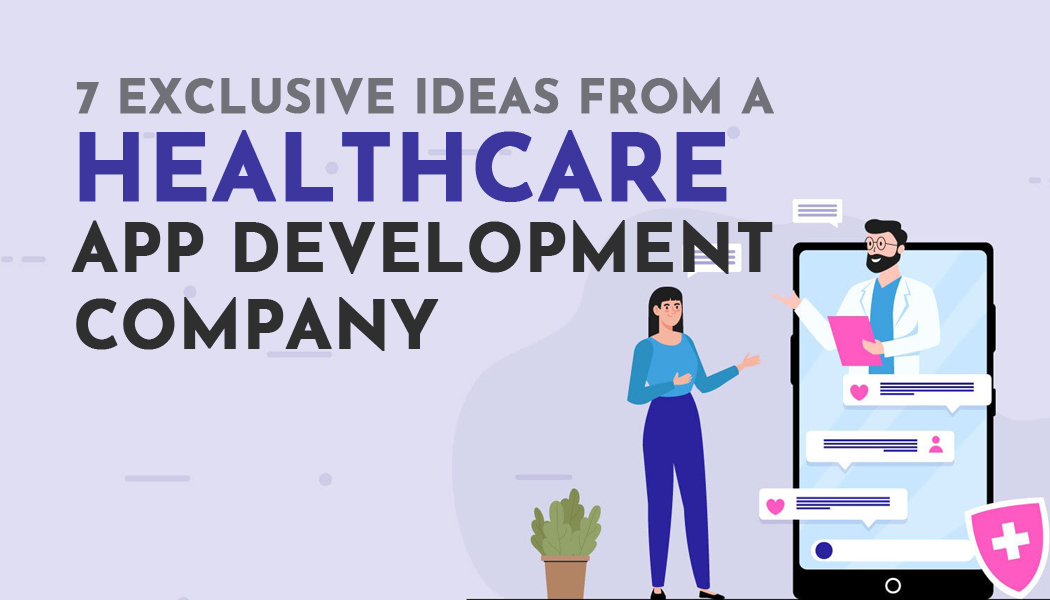Creating an Inclusive Tech Workforce: Diversity Trends and Best Practices
In the rapidly evolving tech industry, diversity is more than a buzzword—it's an essential component of innovation and growth.
However, creating a truly inclusive tech workforce remains a challenge, despite the clear benefits it brings. This article explores current diversity trends, effective inclusion strategies, the impact of tech recruitment in London, and presents a unique metaphorical explanation of "async await" to illustrate the dynamics of implementing diversity practices.

Diversity Trends in the Tech Industry
Recent studies show that while some progress has been made in diversifying tech companies, significant gaps remain, particularly in senior and technical roles. Emerging trends that positively impact diversity include the adoption of remote work, which has broadened the talent pool geographically and socioeconomically, and initiatives like inclusive hiring practices that focus on skills and potential rather than pedigree. Additionally, the implementation of fair psychometric tests in recruitment processes can also contribute to fostering diversity by ensuring objective evaluation of candidates.
Role of Tech Recruitment in London
In London, a global hub for tech innovation, the approach to creating diverse teams is increasingly nuanced. Tech recruitment London agencies are at the forefront of this transformation, championing diversity not only as a moral imperative but also as a business strategy. They employ advanced recruitment technologies and methodologies that mitigate bias and promote a more equitable hiring process. These agencies are pivotal in shaping a more diverse tech landscape by connecting underrepresented talent with companies that value inclusivity.
Inclusion Best Practices
Best practices for fostering an inclusive tech environment start with recruitment and extend into every aspect of organizational culture. Inclusive hiring practices, such as implementing blind recruitment and structured interviews, help reduce unconscious bias, ensuring a fairer selection process. Incorporating a diversity recruiting strategy that proactively sources and engages candidates from a variety of backgrounds can enhance the talent pool. Furthermore, cultural competence training is crucial; it equips all employees with the understanding and skills to collaborate effectively in diverse teams.
Async Await Explained as an Inclusion Strategy
To grasp the concept of inclusion strategies, one can look at the programming principle of "async await explained." In programming, "async" functions allow other tasks to run simultaneously, not blocking the thread, while "await" pauses the execution until certain other tasks finish. Metaphorically, this mirrors the inclusion efforts where "async" represents the immediate, proactive steps companies take to initiate diversity measures. At the same time, "await" symbolizes the patience and long-term commitment required to see the true benefits of these measures develop and integrate fully into the company’s fabric.
This dual approach ensures that while companies embark on immediate changes for inclusivity, they also understand the importance of awaiting the ripening of these efforts into substantial cultural shifts. Just as in programming, where the efficient use of "async and await" can lead to more effective code, in diversity practices, a balanced approach leads to a more harmonious and productive workplace.
Conclusion
Building an inclusive tech workforce is imperative for companies that aim to lead in innovation and market relevance. By embracing the diversity trends and integrating the best practices discussed, tech companies can benefit from a broader range of ideas and perspectives. It's crucial for tech leaders and recruitment agencies to continue these efforts, ensuring that inclusivity is woven into the very fabric of their organizational culture. Adopting these measures not only enhances company culture but also drives forward the entire industry.




